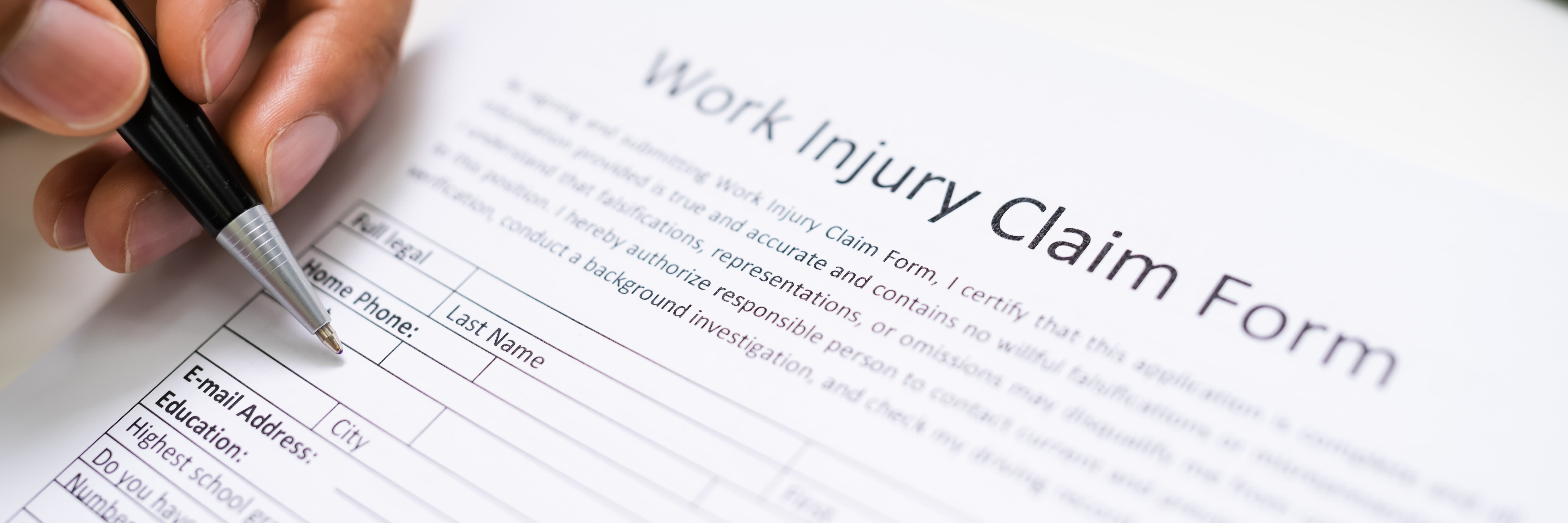What Is Comparative Negligence?
It’s not always easy to know who is at fault for an accident. When a person claims compensation, the other side may respond with the phrase comparative negligence. What does that mean, and what happens when an accident may be the fault of more than one person? Our Denver personal injury attorneys explain.

What Is Comparative Negligence Under Colorado Law?
Colorado law defines comparative negligence as the failure to do an act that a reasonably careful person would do or not do to protect themselves from bodily injury. A reasonable person has the attention, knowledge, intelligence, and judgment that society requires of its members, according to Reid v. Berkowitz, 315 P.3d 185 (2013)1.
Colorado Jury Instruction for Comparative Negligence
The Colorado jury instruction for comparative negligence is Colorado Pattern Civil Jury Instructions 9:232. It states:
The affirmative defense of the comparative negligence of the plaintiff, (name), is proved if you find all of the following:
- The plaintiff was negligent; and
- The negligence of the plaintiff was a cause of the plaintiff’s own claimed (injuries) (damages) (losses).
Jury instruction 9:23 may be used in conjunction with jury instruction 9:22, which is the instruction for negligence of a defendant. Instruction 9:24 is for negligence of a non-party.
Colorado Jury Instructions for Momentary Forgetfulness or Lapse of Memory
Colorado law does not allow for a separate jury instruction for momentary forgetfulness or lapse of memory in the context of negligence. While it may be a relevant consideration in determining negligence, there is no separate doctrine or jury instruction.
It is appropriate to read the established jury instructions for negligence and comparative negligence and make arguments as they relate to the conduct of the parties. See Rodriguez v. Morgan County, 878 P,2d 77 (Colo. App. 1994)3.
Assumption of the Risk Jury Instruction Colorado
Colorado does not have a separate jury instruction for the assumption of the risk. When appropriate, it is covered by comparative negligence instructions. See Brown v. Kreuser, 38 Colo. App. 554, 560 P.2d 105 (1977)4.
Comparative Negligence Must Be Affirmatively Pleaded
Under Colorado Rules of Civil Procedure 8(c)5, a party must list comparative negligence and any other affirmative defenses in their responsive pleadings. If the defense fails to raise the issue of comparative negligence until trial, the plaintiff may move the court to exclude the evidence and arguments.
What Is Contributory Negligence?
Contributory negligence is a law that prohibits liability if a person shares fault for an accident. In states with pure contributory negligence, any fault prohibits compensation. For example, a person hit by a drunk driver may not receive any financial recovery if they are speeding even one mile over the speed limit.
Contributory negligence does not look at the entire situation. Instead, contributory negligence works to completely bar recovery if a person contributes to the accident in any way.
Is Colorado a Contributory Negligence State?
No, Colorado is not a contributory negligence state. It is a modified comparative negligence state. While recovery may be reduced or barred because of the victim’s shared fault for the accident, Colorado law still allows victims to recover some share of damages if they are not 50% or more at fault for the accident.
State law does not recognize contributory negligence as a complete bar to recovery for an accident victim in cases of shared fault in Colorado.
What Are Some Examples of Comparative Negligence?
Some examples of comparative negligence are:
- A driver is under the influence. He drifts out of his lane until a head-on collision occurs. However, the driver coming in the other direction was speeding ten miles over the speed limit and, therefore, shares some responsibility.
- Scaffolding falls from a work zone and hits a victim on the head. However, the victim ignored warning signs to stay 20 feet back from the work zone.
- One driver makes an illegal lane change at the same time another driver is speeding, resulting in a collision.
- A driver recklessly weaves in and out of traffic, striking another driver attempting to make an illegal turn.
Comparative negligence may involve the violation of a written traffic law. Violation of a law is strong evidence of negligence. However, it may also involve unreasonable, careless behavior not directly listed in a written law.
It’s crucial to evaluate the conduct of all the parties under the circumstances to determine which party or parties may have acted negligently.

Is Comparative Negligence a Tort or a Defense?
Comparative negligence is a defense. Acting negligently is a tort, and a victim raises the tort in their complaint. If the defense believes that it is appropriate, they raise the issue of comparative negligence in their response. In and of itself, comparative negligence is a defense rather than its own tort.
What Is the Purpose of Comparative Negligence?
The purpose of comparative negligence is to be fair about how legal liability is apportioned when multiple parties are at fault for an accident. It still allows the victim to recover when another party causes or contributes to an accident.
However, it is not as harsh or unforgiving as contributory negligence, which completely bars recovery for any actions that contribute to the accident.
What Should I Do if the Other Party Raises Comparative Negligence?
If the other party raises comparative negligence, you must be prepared to defend your actions and demonstrate which party has blame for the accident. Developing factual proof and helping the jury understand fault is key to success in your claim.
If there is insufficient evidence of your own negligence, you may motion the court to exclude evidence and allegations of comparative fault from the jury at trial.
Lawyers for Personal Injury Involving Comparative Fault
At Bachus & Schanker, LLC, our lawyers have experience handling personal injury claims that involve comparative fault in Colorado. If you have been injured in an accident, don’t let allegations of comparative fault unravel your case. Contact us today for a free consultation.
Sources:
1Reid v. Berkowitz, 315 P.3d 185 (2013)
3Rodriguez v. Morgan County, 878 P,2d 77 (Colo. App. 1994)






